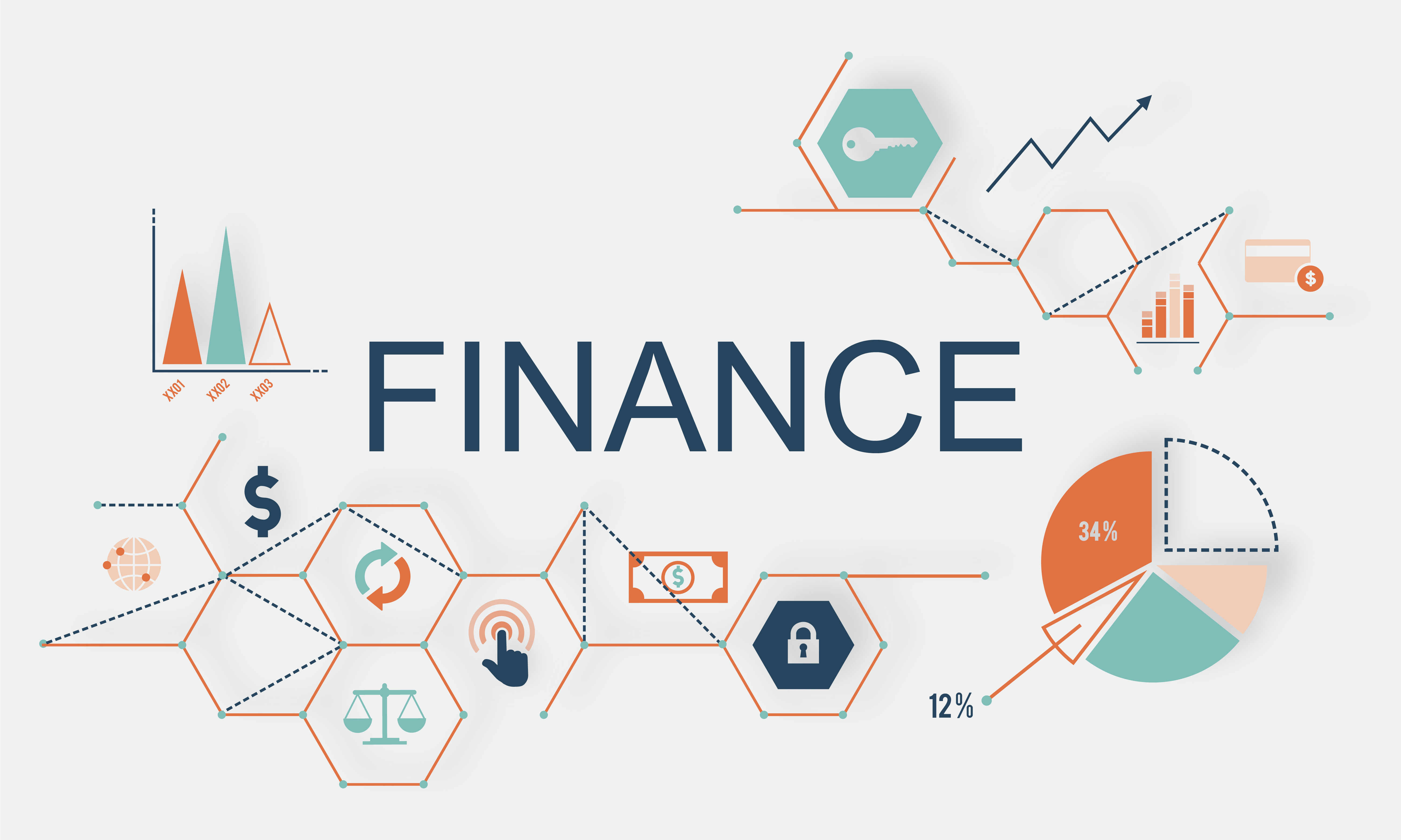
Microfinance refers to the provision of financial services, such as credit, savings, insurance, and other basic financial products, to low-income individuals and underserved communities who lack access to traditional banking services. It is an approach that aims to alleviate poverty and promote economic development by empowering individuals and small businesses.
Microfinance institutions (MFIs) typically target populations in developing countries, where formal banking services are often inaccessible or unaffordable for the poor. These institutions provide small loans, often referred to as microloans or microcredit, to individuals who do not have collateral or a credit history but have the potential to generate income and improve their livelihoods.
Microfinance programs often incorporate non-financial components, including financial literacy training, business development services, and social support networks. These supplementary services help borrowers enhance their financial management skills, business acumen, and overall well-being.
Benefits
➢ Financial Inclusion: Microfinance services extend financial access to individuals who lack access to traditional banking services. This enables them to save money, access credit, and use other financial products and services. It helps in bringing marginalized populations into the formal financial system, allowing them to participate in economic activities and manage their finances effectively.
➢ Poverty Alleviation: Microfinance plays a vital role in poverty reduction by providing small loans to low-income individuals and entrepreneurs. These loans can be used to start or expand small businesses, generate income, and improve livelihoods. By promoting entrepreneurship and self-employment, microfinance empowers individuals to lift themselves out of poverty and improve their standard of living.
➢ Empowerment of Women: Microfinance has a significant impact on women empowerment. Many microfinance programs prioritize lending to women, recognizing their potential as entrepreneurs and change agents within their communities. By gaining access to credit and financial services, women can start their businesses, gain financial independence, and have greater decision-making power within their households. This, in turn, leads to improved education, health, and well-being for women and their families.
➢ Business Development and Job Creation: Microfinance supports the growth of small businesses, contributing to local economic development. By providing capital, microfinance enables entrepreneurs to invest in their businesses, expand operations, and create job opportunities. This stimulates economic growth, reduces unemployment, and fosters entrepreneurial ecosystems in underserved areas.
➢ Social Impact: Microfinance institutions often offer non-financial services alongside financial products. These may include financial literacy training, business development support, and social networking opportunities. By equipping borrowers with skills and knowledge, microfinance helps build their capacity to make informed financial decisions, manage their businesses effectively, and improve their overall well-being.
➢ Community Development: Microfinance programs can have a positive ripple effect on communities. As borrowers succeed and generate income, they contribute to local economic activity and community development. This can lead to improved infrastructure, healthcare, education, and overall quality of life for community members.
